‘Visual arts’ is used to refer to a broad spectrum of artworks. Essentially, it may mean any form of art that we see. However, this word is actually an umbrella term used t0 define a variety of artistic disciplines and their respective sub-categories.
The diluted definition of the term is deemed quite insufficient to describe the diverse components that fall under it. Therefore, we shall try to explore the individual art definitions of the independent categories which represent the different types of visual arts.
Flawless Fine Arts
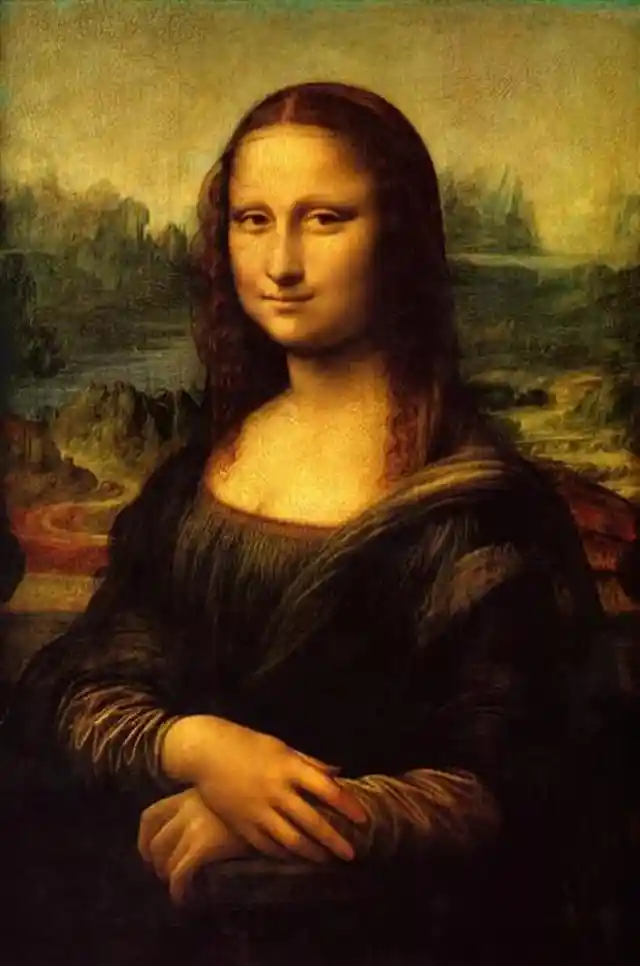
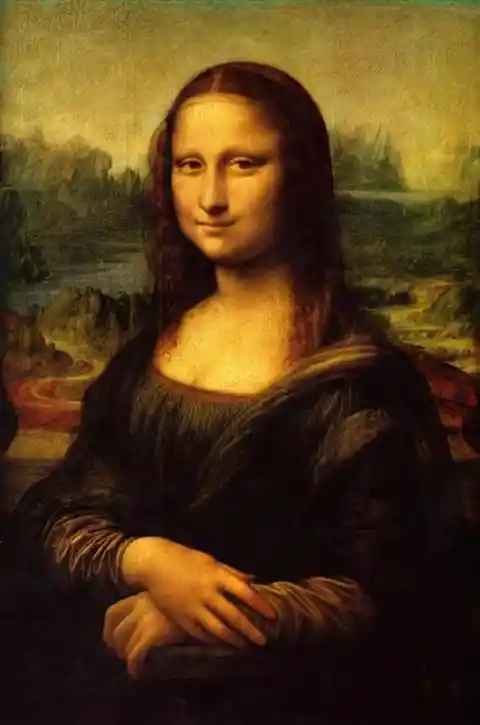
All forms of fine art are classified as visual arts. This includes everything that you may see displayed in renowned art galleries or any online art portal. Drawings, paintings, sketches and sculptures are some of the common types of visual arts which fall under this spectrum. Furthermore, it also includes calligraphy, graphic designs, and architecture.
Some classic examples of fine arts would include the works of legendary painters such as Da Vinci and Michelangelo. One of the most enthusiastically seen and appreciated pieces of fine art is perhaps the Mona Lisa by Da Vinci which draws the undivided attention of art connoisseurs from across the globe.
Compelling Contemporary Arts
As the technological revolution gripped the world, the range of visual arts too expanded across multiple disciplines. Today, it comprises myriad forms including conceptual art and performing arts.
Moreover, film-related art forms such as photography, videography, and animation are being considered under the spectrum of visual arts. Another modern visual art is the new environmental or land art which includes the recently popularised ice or snow sculptures.
Dramatic Decorative Arts
Visuals arts additionally encompasses a number of disciplines of decorative art such as ceramic designs, pottery, glass paintings, and mosaics.
Now that we have acquired a basic idea about the types of visual arts, it is equally important to gain an understanding of the marvelous journey of its emergence into popular culture.
Harmonic Historical background
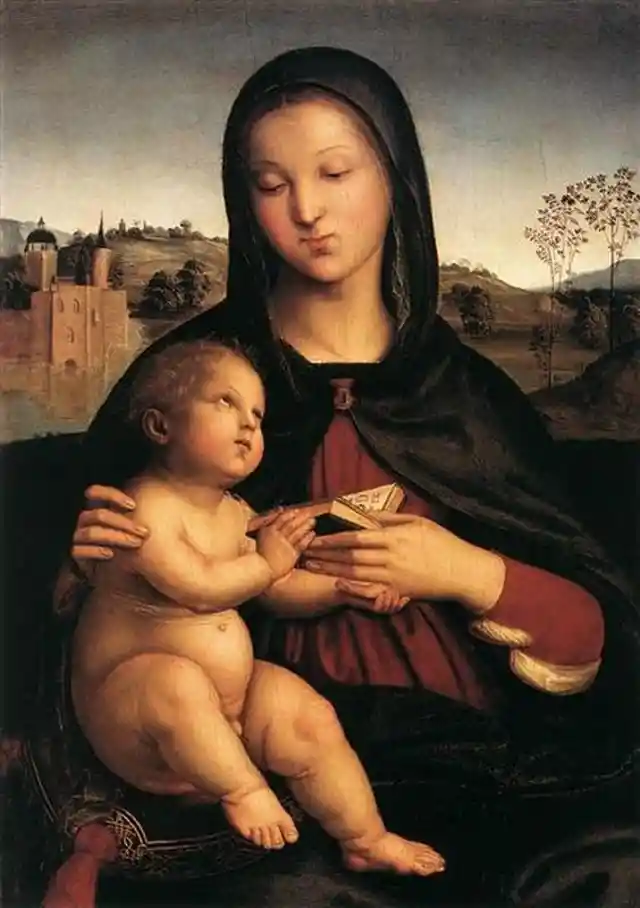
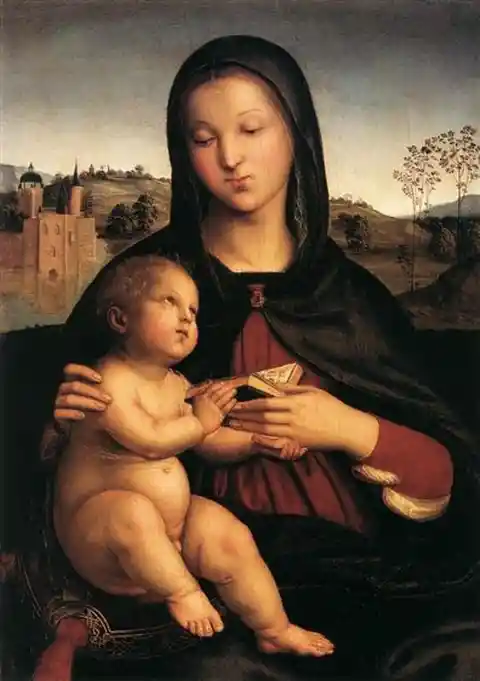
Pre-Renaissance, painters, and sculptors were considered as mere artisans who applied some color on canvas. However, owing to the exceptional contributions of artists such as Raphael, Solari, and others, art began to be accepted as a true profession.
Suddenly, painters and sculptors had a new unique status, almost on a par with architects. For fine artists, this situation has only gone on to improve with time. However, today they are joined by visual artists involved in the installation, video art, and other conceptual works.
Development into an Industry
Owing to the increasing popularity and of visual arts among individuals of all age groups, a significant investment has been observed in the visual arts industry. Leading art colleges in European countries are now offering a wide range of subjects to a large number of art students who are enrolling in such specialized courses from across the world. Furthermore, an encouraging hand of support has been demonstrated from the government as massive budgets are being allocated towards the cause of the promotion of visual arts.
Consequently, the art industry is witnessing a historic boom wherein artists from myriad walks of life are getting a respectable platform to express themselves with utmost creative liberty.
Moving forward, let us try to obtain some insights about what are the characteristics of good visual art.
Consists of Well-Calculated Risks
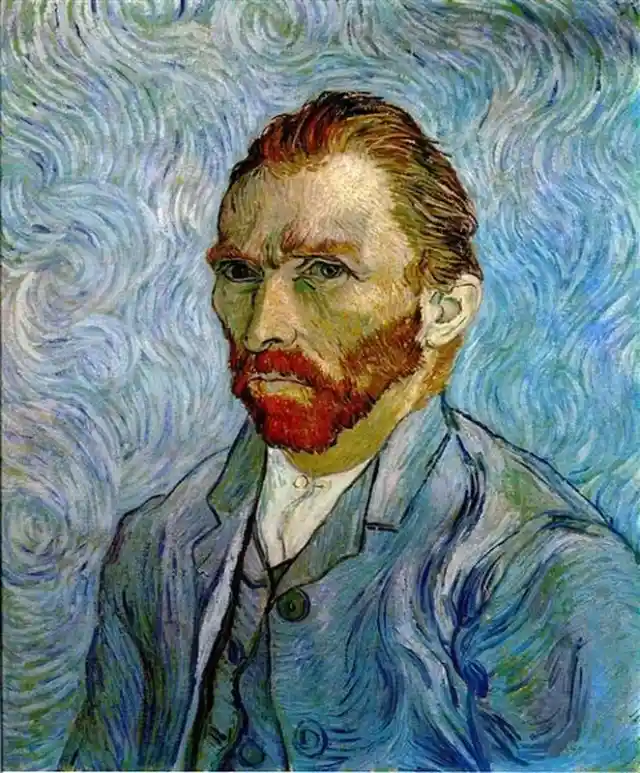
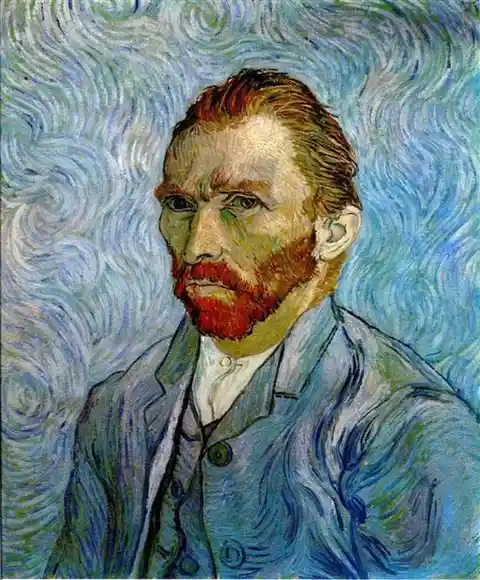
The works of Van Gogh or Picasso probably would not be considered such masterpieces had the artists not been brave enough to experiment. These artists were not afraid to drastically change their painting styles in almost each of their works. However, they were not reckless with their work, yet they found ways to create exciting paintings for their audiences.
Are Not Necessarily Perfect in the First Attempt
Artists are also human beings who are prone to make mistakes in the creative process behind their work. These mistakes only enhance the entire journey of creation and in fact serve as excellent motivators for improvement.
Recognizing the principle that perfection cannot be attained in the first go, most artists paint the first drafts of their visual arts unapologetically and look forward to making the required amendments in the final product.
Most importantly – The Originality factor
Not all pieces of visual art may be framed around an original idea, however, the method of presentation would be unique to its artist. Painters associated with the same art movement may display a common theme in their work, but they will innovate a novel way to put it before the audience.
The best pieces of visual art would not follow a standardized process. They would instead build upon a simple idea and experiment with it using new techniques and approaches.
Elements of composition in Visual Arts
The major elements of composition which are vital for any visual art are line, shape, tone, color, pattern, texture and form. These elements help in enhancing the overall impact of the art.
Individually, each element contributes to establishing a particular character in the painting. Moreover, different elements can express a variety of qualities. Hence, collectively they contribute towards making the artwork a spectacular experience for the viewer.
Online Art Reservoir
Knowing such exciting details about visual arts may have generated some curiosities as to where you can further broaden your horizons with regard to this topic. Of course, you might start by Googling about it. However, instead of going through the tedious process of searching a website which caters to all your curiosities, you can straightaway refer to WikiArt.org.
This online portal is a web gallery which is nothing less than an encyclopedia for any art enthusiast. It provides all relevant and authentic information pertaining to art and its movements.